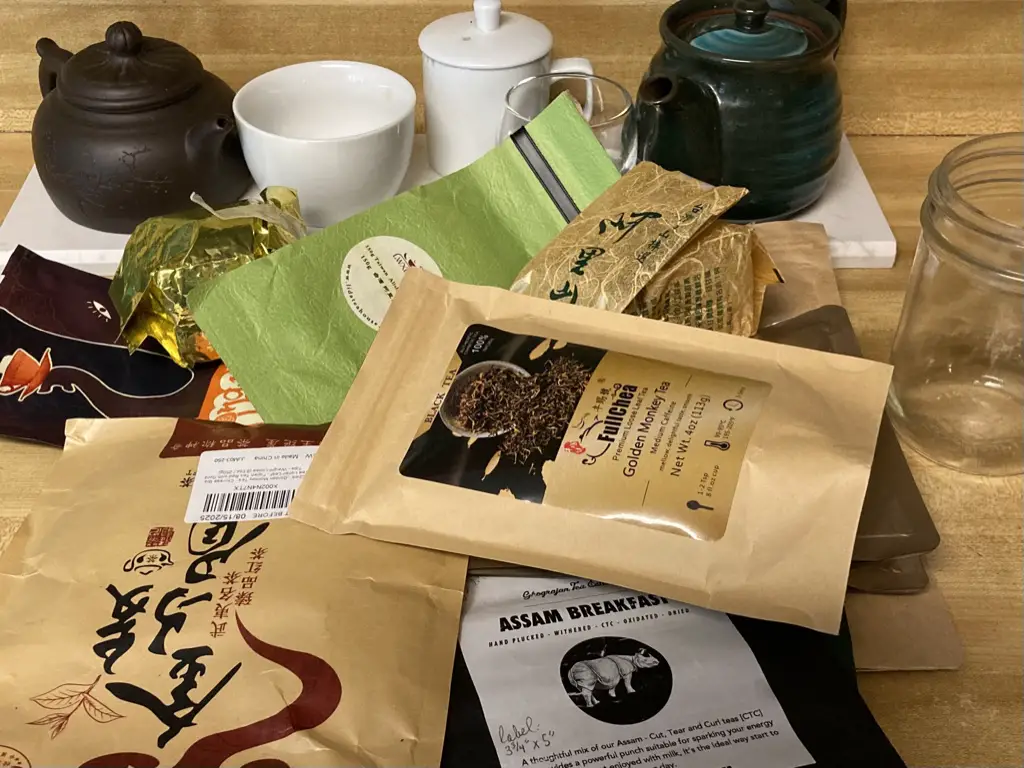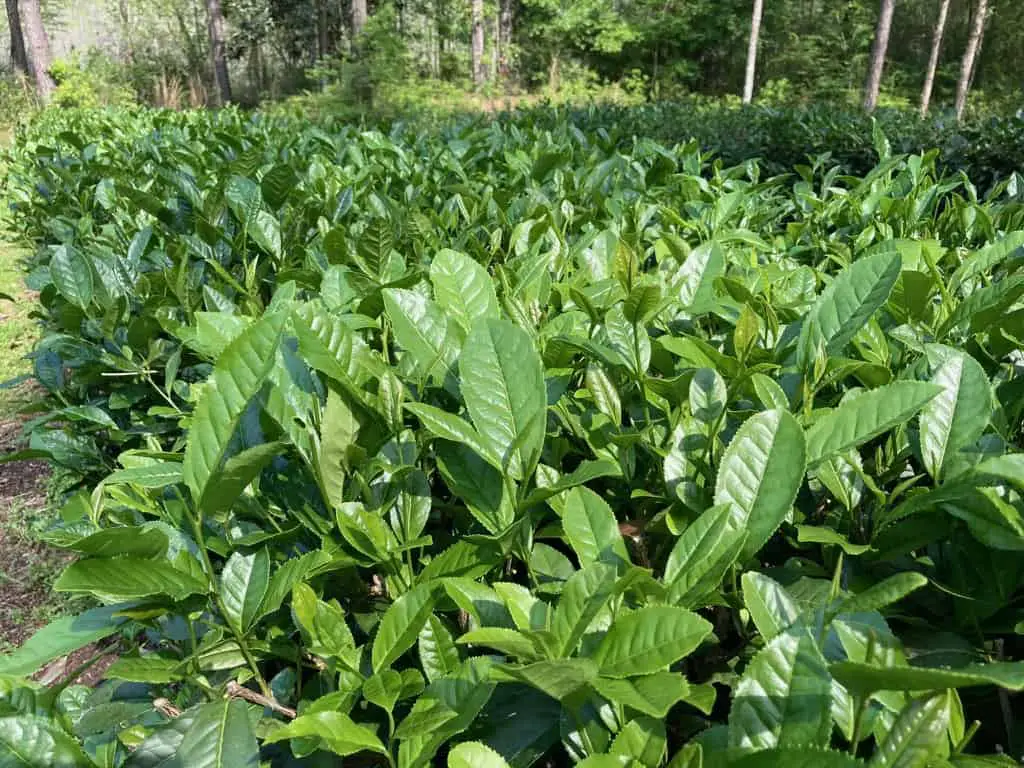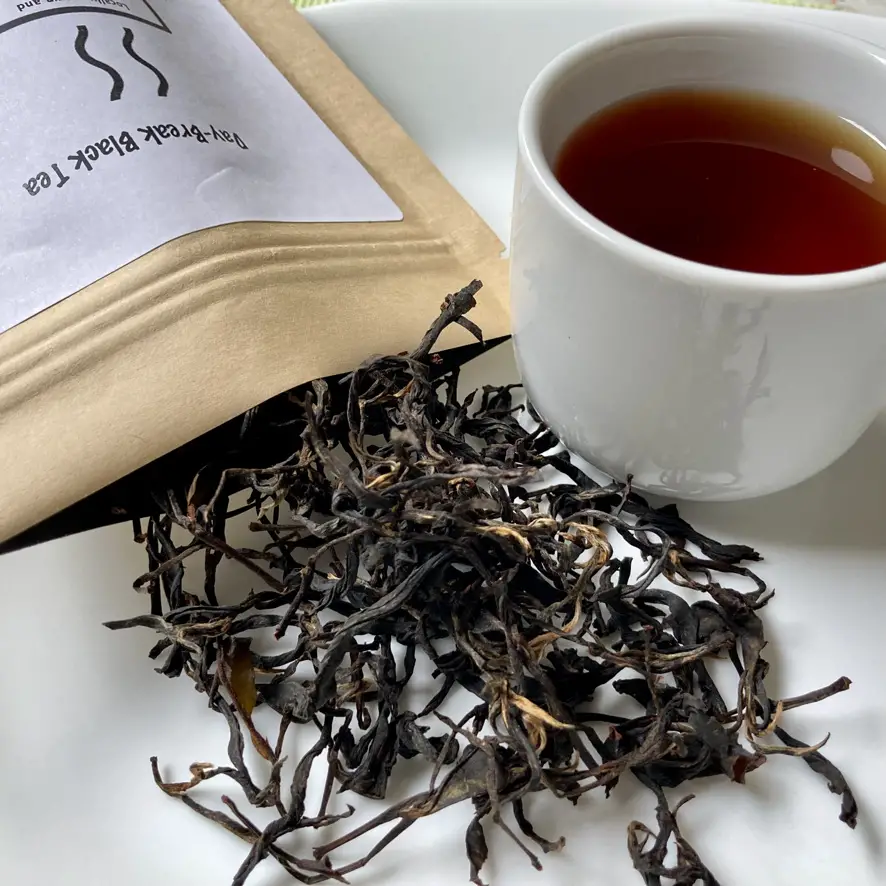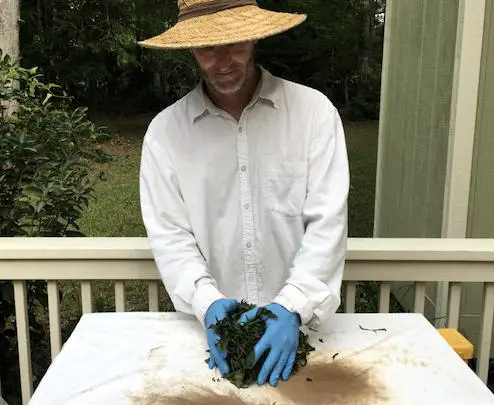Welcome to Leaf House Tea! We are pleased that you’ll be coming along on this journey of tea exploration.
There will be two paths on this journey. On one path, our tea reviews, we share our knowledge of the many varieties of the ancient beverage we call tea.
We’ll look closely at the many different types of teas, explain the production processes involved in their manufacture, and then point you to where you can purchase teas to sample.
Our tea reviews focus on beverages made from the leaves of the tea plant Camellia sinensis. All of the true teas, such as black, green, pu’erh, and oolong, are made from leaves of C. sinensis. And though we occasionally review intriguing herbal teas, our passion here is for camellia tea.

On the other path of the Leaf House Tea journey, we engage the do-it-yourself impulse of tea drinkers. Not content with brewing tea, many aficionados are keen to grow camellia tea plants and craft homemade teas.
To assist eager tea growers, we take what we have learned in the Leaf House Tea Garden and help others get started in the ancient craft of tea. There’s more to growing tea camellia than you might think, and our experience working with this fascinating plant is shared at this site.

We then lay out the steps for making teas with leaves you’ve harvested yourselves. This gratifying process will change your perspective on today’s tea market.
So those are the two paths at LHT: the product and the process, along with you, the reader, as part of the expanding American tea community.

More About Our Tea Reviews
We understand how challenging it can be to find suitable teas for daily indulgence and special occasions. Our philosophy is to keep things simple. This means that we:
- value teas that are easy to prepare;
- prefer teawares that are simple to use;
- and demand price points that don’t break the bank.
We also reject the stuffy pretensions that often come with tea culture. Tea is the people’s drink, and we will keep it that way!
Our reviews drill down on specific tea brands and direct you to good deals online. We also review teawares, other gizmos, and gadgets to enhance your tea experience.

What We Do
Our service to you is straightforward. We like tea, we want to drink tea every day, and we want you to do the same.
The problem is that there are so many choices that the ordinary tea drinker can quickly become confused and not know what to buy or where to buy.
We don’t want tea confusion. We want tea consumption!
To help you to choose the proper tea at the right price, we do three things:
- Drink a lot of tea and keep careful notes of our impressions;
- Comb the web for other people’s tea impressions;
- Combine 1 and 2 to distill detailed tea reviews.
Number 3 is challenging because tea drinkers are a chatty lot and can also hold strong opinions.
It takes time to sort ego-talk from the truth. But reviewing tea is our job, and we’re determined to share what we have learned with you, dear tea drinker.
How to Grow and Process Tea
It’s an exciting time for DIY growers in America. For one thing, we benefit from the time-tested methods discovered by the great tea cultures in China, India, Japan, and elsewhere.
At the same time, new tea growers are free of restraining traditions that might hamper innovation needed for America’s growing conditions and emerging tea market. In other words, we can pick and choose among competing practices and use what works without regard to what others think is “the right way.”

In addition to tea-growing methods, we also share our views on new technologies for growers with specific interests in tea or more general interests in working the land. In particular, tea and many other crops are thirsty and sensitive to soil drainage and high water tables. Therefore, we emphasize water collection and management methods useful for tea farming and beyond.
Finally, processing tea leaves is a joyful experience and often yields a stellar product. If you follow the tea-making methods we share here, I’m sure you’ll be on a sound footing to process tea leaves at home.

The Leaf House Tea Difference
There’s also lots of biology-nerd stuff involved with tea framing and tea making. So, it helps that Leaf House Tea founder and lifelong bio-nerd Mike Loeb, has a Ph.D. in the biological sciences.
To advance his tea-making skills, Mike studies tea craft under Prof. of Nutrition Sciences Virginia Utermohlen Lovelace and American tea pioneers Jason McDonald and Timothy Gipson at The Great Mississippi Tea Co. To say that these tea geniuses have upped Mike’s game as a tea maker is an understatement: They moved him past his wildest expectations of tea!
We think you will see the benefits of Mike’s first-hand experiences and continuing education in tea.
Happy steeping!
PS: Are you wondering what a leaf house is? A leaf house is a sheltered space where freshly harvested tea leaf is held for several hours to wither and soften. Of course, the leaf house for our website is virtual, but try to imagine the beautiful scene unfolding as the leaf prepares itself for a journey to delight your taste sensations.